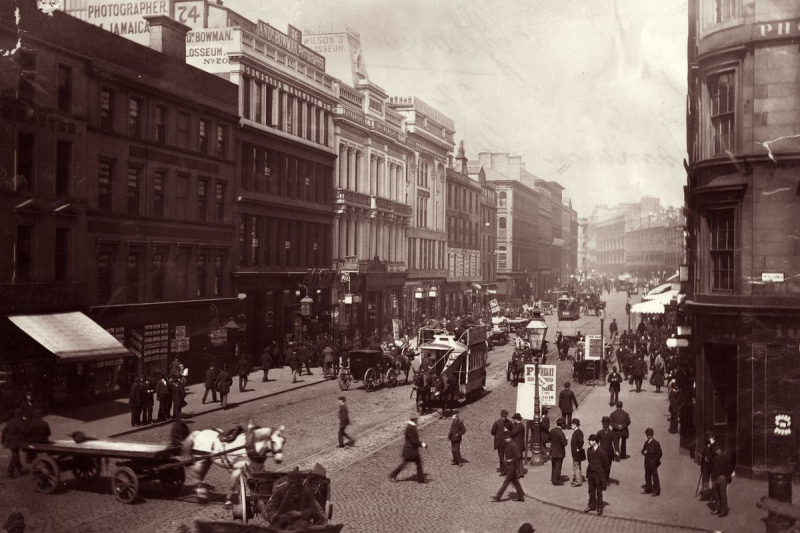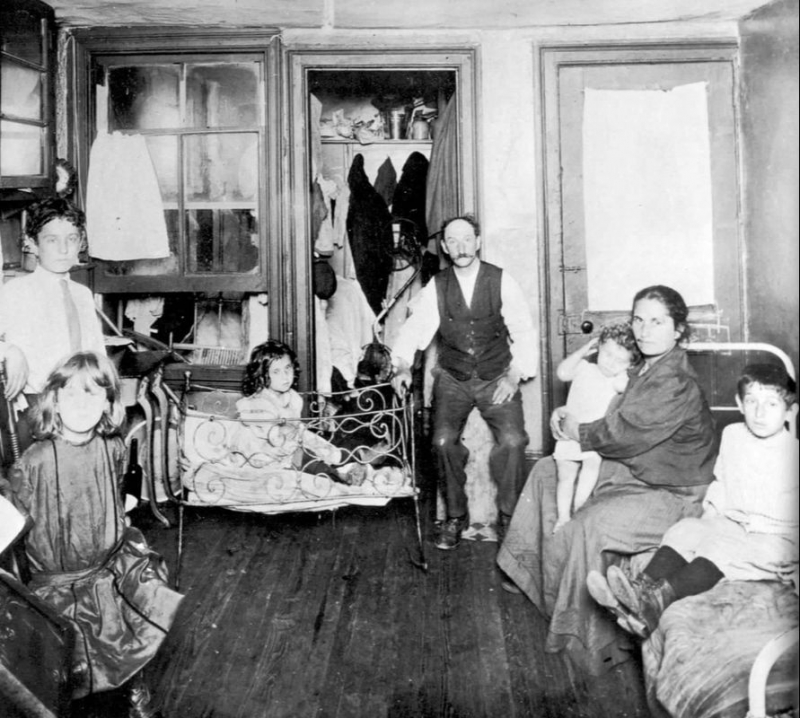Standards of living
The Industrial Revolution impacted significantly the standards of living. The real impact of the Industrial Revolution, according to some economists like Robert E. Lucas, Jr., was that "for the first time in history, the standards of living of the masses of ordinary people have begun to undergo sustained growth. Nothing remotely like this economic behavior is mentioned by the classical economists, even as a theoretical possibility." Others, however, contend that although the Industrial Revolution saw an unprecedented increase in the economy's overall productive powers, the majority of people's living standards did not improve significantly until the late 19th and early 20th centuries and that in many ways, early capitalism caused workers' living standards to decline. For instance, investigations have revealed that between the 1780s and 1850s, real wages in Britain only climbed by 15% and that the country's life expectancy did not start to significantly rise until the 1870s. The population's average height also decreased during the Industrial Revolution, suggesting that their nutritional status was deteriorating as well. The cost of food was rising faster than real salaries.
The life expectancy of children significantly rose during the Industrial Revolution. From 74.5 percent in 1730-1749 to 31.8 percent in 1810–1829, the proportion of London-born children who passed away before the age of five fell.
From the 1950s to the 1980s, economic and social historians vigorously disputed the consequences of the industrial revolution on living standards. The academic consensus that the majority of the population, who were at the bottom of the social ladder, suffered serious decreases in their living conditions, was later established by a series of 1950s writings by Henry Phelps Brown and Sheila V. Hopkins. The wages of workers significantly increased between 1813 and 1913.









